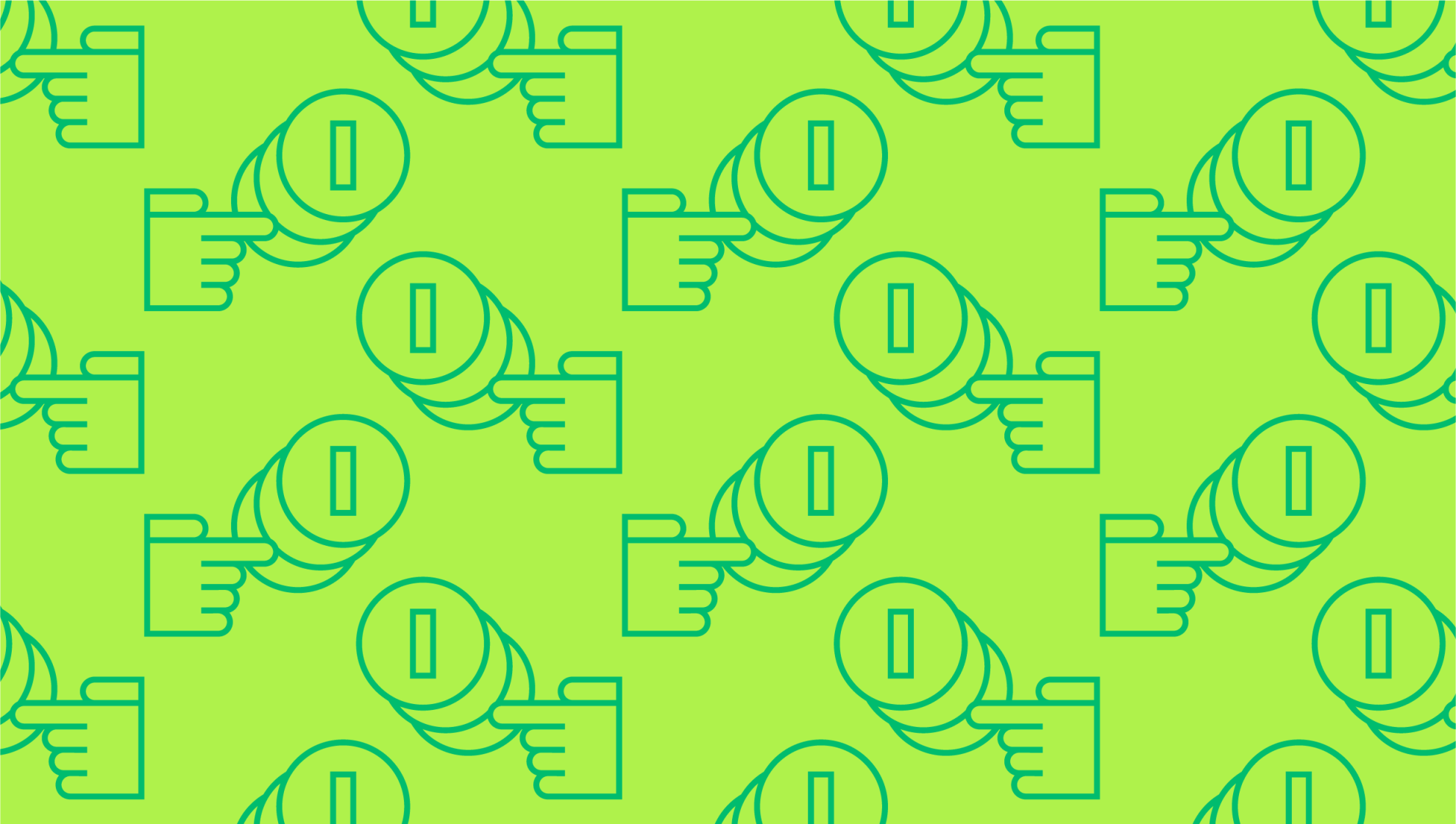Last editedNov 20212 min read
Starting your own small business or becoming a freelancer can be an exciting adventure, but it does mean there is an extra burden you must undertake in the form of tax calculations.
As an employee, your salary will have been paid through the PAYE system, which automatically deducts your taxes from your wages every month. But when you run a small business or work freelance, you must figure out how much tax you owe by yourself.
Most importantly, you have to make sure you set aside enough each month to be able to pay your tax bill at the end of the financial year. Here’s what you need to know about how much to save for self-employment taxes.
Know your tax brackets
In the UK, everyone has a personal allowance of £12,500 per tax year, including sole traders and freelancers. This means that you don’t have to pay any tax on that first £12,500 you earn. After this amount there are tax brackets, so understanding which bracket your earnings place you in is important for when it comes time to pay your taxes.
For earnings between £12,501 and £50,000 the basic tax rate is 20%, so you will pay 20% of whatever profit you earn in taxes. The next bracket is for earnings between £50,001 and £150,000, which are taxed at 40%.
When you complete your self-assessment for tax, you will have to pay tax according to the total profit you earned across a financial year. So, if your main business brings in a profit of £40,000, and your side hustle brings in £11,000 profit, then the combined £51,000 profit places you in the higher 40% bracket.
The 30% rule
You may have heard of the 30% rule, which means setting aside 30% of all profits each month in order to save up the amount you will need come the end of the tax year. This can be a good idea, especially for small businesses that are unlikely to be generating enough profit to place in the higher bracket.
Remember that there is more to pay than just income tax. There is also National Insurance, which is taxed at 9%. This means a rule-of-thumb savings plan like setting 30% aside only just about covers what you need to actually pay.
How much to set aside for taxes: small business
Calculating how much to set aside for business tax becomes more complicated when your business has a lot of expenses throughout the year. A retailer, for example, will be making money from sales, but much of that immediately goes to suppliers or manufacturers to replenish the sold goods. A manufacturer will be making their products and selling them to retailers, but a lot of their revenue goes into buying the raw materials and maintaining the equipment required to make the products.
Thankfully these expenses are tax-deductible, which means you can remove their cost from the amount of profit you have to pay tax on. This can drastically reduce the amount of tax you have to pay at the end of the tax year.
What are tax-deductible expenses?
UK tax law has a number of categories for identifying tax-deductible expenses as well as options for tax relief. These include:
Office, property and equipment
Car, van and travel expenses
Clothing expenses
Staff expenses
Reselling goods
Legal and financial costs
Marketing, entertainment and subscriptions
Training courses
Exactly what is included in each of these categories can be found on the Government’s self-employed expenses website.
We Can Help
If you’re interested in finding out more about how much to save for self-employment taxes, or any other aspect of your business finances, then get in touch with our financial experts. Find out how GoCardless can help you with ad hoc payments or recurring payments.


